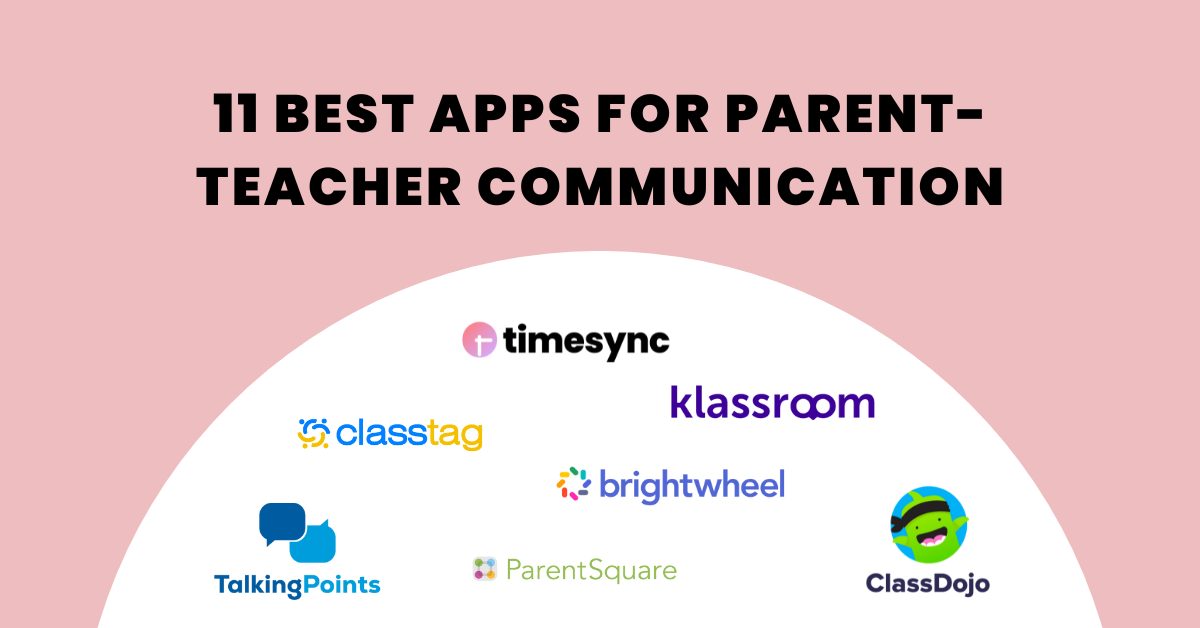




Content Writer
A meeting can be a great opportunity to gather everyone together, but it quickly becomes a hindrance to productivity if not done in an engaging way.
That’s because meetings that are supposed to be productive often aren’t.
Most of the time, the main reason behind this is not knowing what needs to be done to make these meetings more engaging and productive. Most meeting hosts follow the same dull meeting format which often becomes an energy-draining activity instead of a growth experience.
Let’s discuss the 13 best practices for more productive meetings you should follow. We’ve split it into 3 parts: what you should do before, during, and after meetings.
A meeting can be very productive if you have a clear and thought-out objective that you want to discuss. Not only will it help you prepare better but also avoid any confusion between you and your team members.
If what you want to discuss isn’t really that important, do not waste time and energy on an unnecessary meeting.
Instead, try to communicate your point more directly by communicating via email or phone when necessary.
In short, meetings can be draining for both the organizer and the attendees, thus, only conduct a meeting when it’s absolutely crucial.
Many people get confused between the objective and an agenda. A meeting agenda refers to a list of items that are going to be discussed during the meeting.
That said, it’s important that you, as the meeting’s host, know exactly what will be covered in each meeting.
It’ll be even better if you share the agenda with attendees so they know what to expect at the meeting, and can properly prepare beforehand.
This is ideal if you’re having especially long meetings, like hands-on workshops or 3-hour-long sharing sessions.
Reinforcing the fact that you don’t waste time, it’s best to determine a schedule or rough outline of what the meeting will entail.
For example, if you’re having guest speakers, you’d want to allocate a certain window of time for them to speak. Furthermore, you could slot in a quick 15-minute break in between so attendees can grab some refreshments or use the washroom.
This is probably the most underlooked part when organizing a meeting. While an agenda is crucial to the meeting, for it to be successful you also need to pick the best time to host it.
There are 3 factors to deciding the perfect day and time slot for your meetings:
Purpose of the meeting: You don’t want to schedule a meeting too early in the morning when people are more likely to be drowsy. Similarly, you don’t want to invite people in the evening (after 6:00 P.M.) as their shift is over and they are most likely out of the working zone.
Timezone differences: If you’re a remote team, keep in mind time zone variations and other calendar events within your organization and the members when deciding when to have the meeting.
Meeting duration: Assign a specific time duration to the meeting so that things go smoothly and the meeting doesn’t go over the said duration, since it can result in a big drop in everyone’s productivity.
The smaller the group, the greater the impact. To make sure that you will be more effective during your next meeting, it is important to decide who will be attending it.
The number-one productivity killer is a distraction and if you invite a large number of people (who aren’t directly related to the agenda), it is bound to be chaotic.
Moreover, employees who aren’t relevant to the discussion, won’t have a solid opinion since they aren’t experts in that subject. You’ll only be delaying the decision-making process.
Instead, only invite the key presenters and decision-makers. This will allow all members to pay close attention throughout the meeting since they are responsible to make the final decisions.
The best way to ensure that a meeting is productive and successful is to enforce strict regulations.
One such rule can be a no-tech policy. This means that participants will be unable to use mobile phones, laptops, or other technology during the meeting. There are several ways you can help your participants stay focused on the meeting without relying on technology.
Another way to maintain their attention is by restricting refreshments and food outside breaks so that everyone remains focused on the proceedings.
Make sure that every member of the team feels included in the meeting. This would ensure that everyone is alert at all times.
A great way to do this is to assign specific roles to everyone. For instance, one person can present, while some can take notes and all others can formulate the next steps, etc. This enables you to organize each employee and maximize the time and work spent on business-related tasks.
Furthermore, you can also divide the attendees into two groups and organize a debate. This way you’ll get some great ideas while they stay excited throughout the meeting.
You need to make meetings fun if you want your team members to be productive.
Monotonous meetings are typically a waste of time and reduce the productivity of your company.
Starting your meeting in a fun way will allow everyone to loosen up a bit and allow them to focus where needed.
The key here is to do something unexpected yet fun to capture your team’s attention. There are hundreds of things you can do but to name a few,
You can experiment with new types of fun activities each time you hold a meeting.
When you have a meeting, it should be clear and concise. This is especially true if the meeting includes people from different firms or sectors of the business.
Clarity is essential to ensure that all attendees are on the same page and understand what’s being discussed. If there is no clarity about what the agenda is or how it should be interpreted, then the meeting will not be productive.
Avoid buzzwords and make sure jargon is adequately explained to everyone present. This can help to prevent misunderstandings or miscommunications that could come up during the meeting and disrupt it.
A survey showed that 34% of respondents say they waste between 2 to 5 hours per week on calls or meetings that don’t accomplish anything.
Remember that you’re gathering multiple employees and taking time out of their day to have a meeting. While your meeting might not be unproductive, you’re still taking up your employee’s time.
That said, make sure to stick to your agenda and keep track of the time. If you notice that one of your employees is running late to the meeting, respect everyone else who is there on time and kick-start the meeting.
If you’re spending more time on one point, leaving lesser time for the rest, you should choose to either move on or reduce the time for everything else so you can finish on time.
Let’s be honest, we’ve all been in meetings where the participants are just nodding along, saying “uh-huh” and “yeah” mindlessly.
But, when you ask a group of people who come together, to be honest, and take a moment to reflect on their experience, you’ll get much more insightful feedback.
That’s why it’s also better to directly ask your attendees about the discussion, timing, and duration of the meeting. Directly hearing from the floor can help you design your next meeting in an engaging and more productive way.
Meetings frequently fail to achieve their objectives due to procrastination.
After you are done with the main discussion, it’s important to get the meeting’s purpose back on track and answer any questions your attendees have in mind.
The last section of the meeting should be reserved to go over what you’ve discussed and key insights while also devising strategies, action plans that subsequent steps, responsibilities, and timeframes.
Meeting documents and notes are a great way to keep everyone on track and informed when you’re working in a distributed team. They are also a great opportunity to share assets that were referred to in the meeting.
You can send an email right after the meeting including links and PDFs of all articles, references, and data used in your meeting notes. This will help to remind everyone who attended of what was discussed at the meeting and make it easier for them to refer back to it later.
And there you have it — 13 ways to have more productive meetings!
Everyone knows that meetings are necessary to communicate with teammates and iron out certain business objectives. But oftentimes, these meetings can be mentally and physically draining if not done right.
In general, no matter what type of meeting it is, keep them concise, solution-oriented, and stick to the agenda of the meeting.

Devesh is a content writer at Novocall.
Related articles
Subscribe to our blog
Get insights & actionable advice read by thousands of professionals every week.